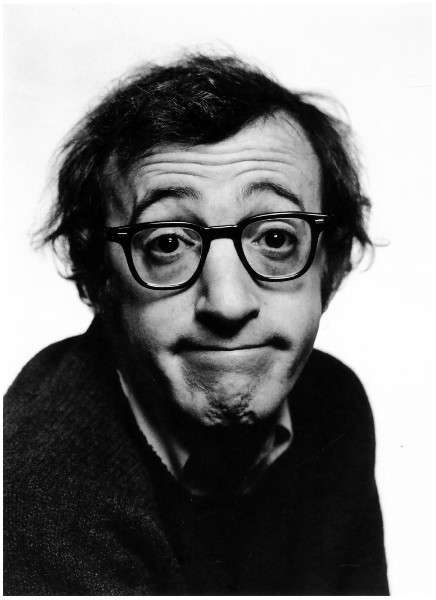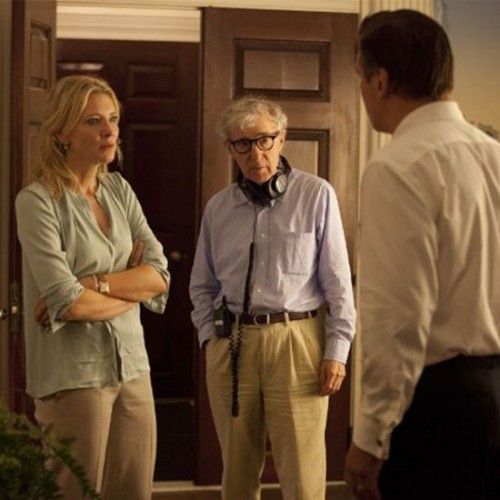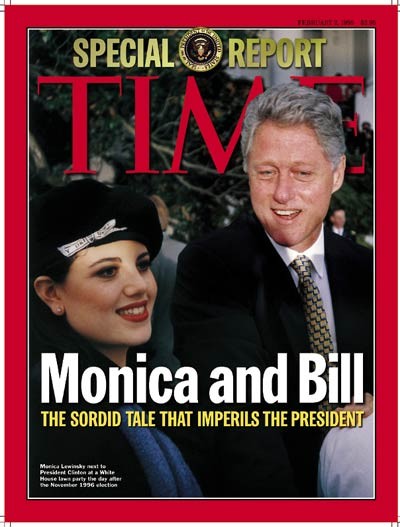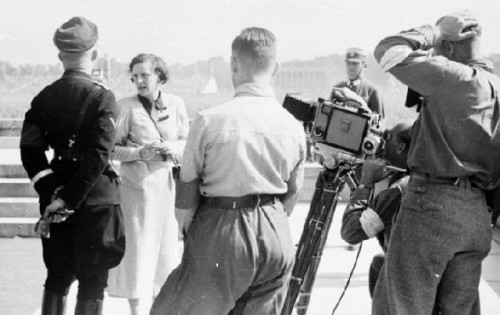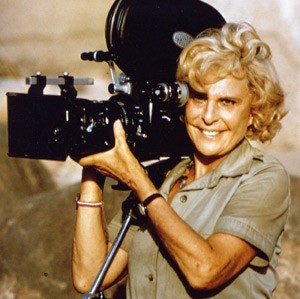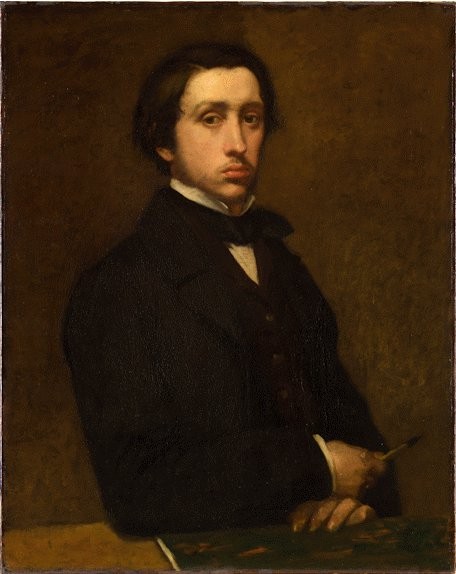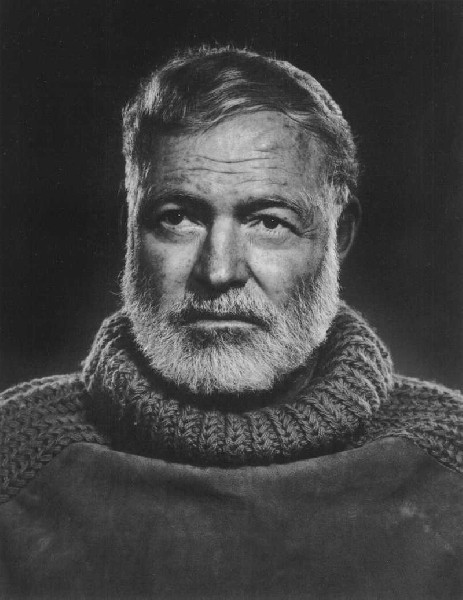Eagle Columnist John Seven Boycotts Artistic Creeps
Separating Individuals from their Accomplishments
By: Charles Giuliano - Feb 19, 2014
There is a misguided assumption that individuals who have accomplished much in the arts, politics, sports, industry and science also conform to the highest standards in their private lives. Because of their celebrated accomplishments they are somehow better than us.
Scholars, critics and informed individuals who take the time to dig deeply know that this is rarely the case. On the high end there are well researched, objective biographies. At the other end of the spectrum are tell all books that reveal the “truth” about those we admire. The Yellow Journalism invented by publisher Williams Randolph Hearst and his tabloids proliferates today in the racks next to the checkout line at the supermarkets. How many of us flip through one before paying for groceries?
Millions of Americans thrive on gossip about the rich and famous. No sooner has a celebrity been caught in an affair, had a blow out at a restaurant, put on weight, overdosed, or been caught in a lie than they are splashed all over the tabloids or TV “entertainment” shows.
There is an enormous gossip industry which feeds an American passion to dish the dirt. Knocking the famous off their pedestals, from Bill Clinton to Phillip Seymour Hoffman and Mother Teresa, makes a lot of ordinary folks feel better about themselves.
In our skewed equation of public morality the Presidency of Bill Clinton, for example, was nullified by lying to us about allegedly getting a BJ from an eager intern.
So what?
During WWII such notables as Ambassador Joseph Kennedy, aviator and national hero Charles Lindbergh, poet Ezra Pound, England’s Lord Oswald Mosley, and the Duke of Windsor were known Nazi sympathizers.
When John Kennedy ran for President he and Robert kept the old man out of sight. Even though the scion paid the bills and pulled strings.
It’s the norm to have muck raked in the popular press but a bit of a shock when smeared by a Berkshire Eagle columnist, John Seven, until recently a columnist and arts editor for the defunct North Adams Transcript.
Acting as judge and jury he urges readers to follow his example by boycotting works of art. The headline of his column leading the B section of the Tuesday, February 18 issue of the Eagle reads “Please, don’t reward the artistic creeps.”
He begins by stating “The idea that you must separate the art from the artist has come up a lot lately. The reasoning is that if you judge creative work from the personal behavior of writers, musicians, actors, directors, painters or whatever, there’s not a lot of art or entertainment to enjoy. You must separate them we are told.”
Then Seven urges readers to avoid critics, historians and philosophers by going with your gut instincts. “If anyone spouts absolutes about this to you ignore them.”
While Seven appears to be more of a generalist than scholar or critic, in that first graph, he is referencing formalism.
Formalism is the study of art by analyzing and comparing form and style—the way objects are made and their purely visual aspects. In painting formalism emphasizes compositional elements such as color, line, shape and texture rather than iconography or the historical and social context. At its extreme, formalism in art history posits that everything necessary to comprehending a work of art is contained within the work itself. The context for the work, including the reason for its creation, the historical background, and the life of the artist, is considered to be of secondary importance.
While formalism prevailed during the Post WWII era through the 1960s it has given ground to other approaches and theories. Its essential tenet, however, is worth holding onto. That we evaluate works of art and the accomplishments of individuals in other disciplines, as separate, whenever possible, from the personal life of the creator.
A pot boiler artist biography like “Lust for Life” by Irving Stone made the work of Vincent van Gogh accessible and beloved by the masses. It became impossible to look at his paintings without conflating them with the ersatz psychology of the madness that is alleged to have informed them. Which came first the artistic genius or his mental condition? If one connects the dots then asylums are filled with artists. Or every great artist must be in some way deranged.
How then to approach great artists who were quite sane and led rather mundane private lives? Where is the sizzle for curators to promote a survey of work by the Post Impressionist Paul Cezanne? For an artist like Cezanne formalism is the best and perhaps only approach. Delving into the artist’s mundane, provincial, domestic life isn’t very useful in decoding his complex and revolutionary work.
In his column Seven focuses on several “Creeps”- filmmakers Roman Polanski and Leni Riefenstahl, jazz big band leader, Stan Kenton, artist Edgar Degas, and author Ernest Hemingway. Then he saves his best for Woody Allen.
We could think of better examples like the failed artist Adolph Hitler a truly world class “Creep.” But that didn’t prevent curator Deborah Rothschild from organizing the superb and insightful 2002 exhibition Prelude to a Nightmare: Art Politics, and Hitler’s Early Years in Vienna 1906- 1913 for the Williams College Museum of Art.
She managed to include a few examples of Hitler's early architectural renderings. They were not great works of art but not as bad as we would have liked them to be. Viewing these works was fascinating and also placed into context the zeitgeist of Vienna. The curator explored how it fed into the world wide catastrophe and holocaust that Hitler mapped out in “Mein Kampf.” While written by a “Creep” it is essential reading for an understanding of William L. Shirer’s classic study “The Rise and Fall of the Third Reich.”
Nothing is gained by boycotting the works of “Creeps” and avoiding looking at the source material of difficult and complex issues.
It’s true that Roman Polanski is a fugitive from charges of statutory rape. That is a compelling indicator of guilt. But in America one is presumed innocent until found guilty. Rightly or wrongly he has been granted asylum with a standing warrant for his arrest.
But Seven suggests that based on presumed guilt we boycott his masterful films starting with the early “Knife in the Water” to “Tess” and the Academy Award winning “The Piano Player.” The Academy was able to evaluate the work as separate from the man.
Many in the audience failed to applaud when Elia Kazan, one of our greatest directors, was given an Oscar for Lifetime Achievement. He was a rat during the HUAC hearings that put Hollywood on Trial. Surely Kazan was a first class creep. Should we then shun his masterpieces?
I despised every minute of the Mel Gibson film “The Passion of the Christ.” As a non believer, unlike those moaning and praying all around me, I found the film to be grotesque and pornographic in its gratuitous violence. Gibson, a “Creep” to be sure, played the blame game of blatant anti-Semitism. I attended out of a sense of personal obligation to be informed of a fundamentalist phenomenon and important critical dialogue.
Critics are constantly challenged to make difficult evaluations. We don’t just write about works of art that we enjoy and agree with. Unlike the public we don’t go to museums, theatre, or cinema to be entertained. It’s our job.
Seven mentions “people like Leni Riefenstahl…” Yes, she made propaganda films- “Triumph of the Will” and “Olympia”- for the Third Reich. Today they are studied as masterpieces by film historians. In Russia Serge Eisenstein made “Alexander Nevsky” for the dictator Joseph Stalin. Lawrence Olivier put a propaganda twist to the 1944 film “Henry IV.” British audiences grasped the similarity between the Battle of Agincourt and the Battle of Britain. Hollywood dedicated itself to the war effort with many propaganda films, both features, and the Frank Capra documentary series “Why We Fight” for the Department of Defense.
The brilliant films of Riefenstahl are a prime example of great art for a bad cause. But great causes also result in a plethora of bad art. Through her efforts she was complicit in the death of millions. Arguably, Riefenstahl should have been tried as a war criminal. Significantly, she never made another film but left a great legacy of photography.
Ah yes Degas. The popular fiction is that he was a misanthrope and misogynist. As well as one of the greatest 19th century French artists. There has been biographical research on Degas which Seven hasn’t consulted. A better choice might have been Renoir who was Anti Dreyfus, and like roughly half of France, an anti-Semite. But to put Renoir on the official “Creep List” would mean that the Eagle’s columnist would be suggesting that his readers boycott the Stirling and Francine Clark Art Institute. The museum in Williamstown is noted for its depth in Renoir.
The inclusion of jazz master Stan Kenton on the “Creep List” puzzles me. I knew Stan well and covered all of his Boston gigs when he was trying to keep the band on the road. He was also launching Creative World to reissue LPs from Capital Records, which dumped him, as well as release new live albums with the band.
I have no clue what Seven is referring to. While Stan may not have been a saint the man I knew well was always a first class gentleman. He left a stunning musical legacy which should be more widely appreciated.
Then Hemingway. How obvious. Yeah, ok, in his troubled private life a first class creep. He ended it turning his brain matter into spaghetti. Yes, “A Moveable Feast” is a mean and nasty book. But over the years I have read most of what he wrote. What a pity to boycott one of our greatest and most influential American writers.
Then Seven slams Woody. For sure an odd duck. About one in five of his films are worth watching. Now and then they are truly magnificent.
Truly Allen is one complex dude. As of February 2014, Mia Farrow has thirteen living children (four biological, nine adopted) and nine grandchildren. What’s that about?
The Allen-Farrow saga from two decades ago included assertions that Allen had molested their daughter Dylan — a charge that a Connecticut prosecutor declined to pursue.
Shouldn’t we leave that to a court of law and not convict him in the press?
Wading in Seven states “Who am I to argue with Woody Allen and his apparently brilliant insights to humanity? As long as I don’t have to give him a cent for it, I’ll take his insight. Can’t pay me to watch his movies, though.”
As to “Who am I?” we remind Seven that he is an op ed writer for the distinguished Berkshire Eagle.
Taken on his word Seven is urging readers to boycott the Oscar nominated performance of Cate Blanchett for lead actress in Allen’s “Blue Jasmine.”
What a pity not to enjoy that truly magnificent experience. Notoriously, Allen pays minimum scale to great actors and then gives them little or no direction in developing their characters. In this case what we see is about 90% the genius of Blanchett and about 10% that of Allen.
None of which has a shred to do with the lurid spectacle of Allen’s scandals and messy private life.
Responsible critics and journalists should help us to think through complex issues and rewarding works of art. In opting to function as a PC cop Seven might reconsider his obligation to readers from the bully pulpit of the region’s paper of record.

